Regulatory Support and Frameworks
The Human Platelet Lysate Market is experiencing favorable regulatory support, which is crucial for its growth. Regulatory bodies are increasingly recognizing the therapeutic potential of human platelet lysate, leading to the establishment of clearer guidelines and frameworks for its use in clinical applications. This regulatory clarity is likely to encourage more companies to invest in the development and commercialization of human platelet lysate products. As regulations evolve, they may facilitate faster approval processes for new therapies, thereby expanding the market. The supportive regulatory environment is expected to play a vital role in shaping the future of the Human Platelet Lysate Market, fostering innovation and ensuring safety and efficacy in therapeutic applications.
Rising Focus on Personalized Medicine
The Human Platelet Lysate Market is significantly influenced by the rising focus on personalized medicine. As healthcare shifts towards tailored treatments, the demand for products that can be customized to individual patient needs is increasing. Human platelet lysate, with its rich composition of growth factors, offers a unique solution for personalized therapies, particularly in regenerative medicine. The market is expected to witness a compound annual growth rate (CAGR) of over 10% in the coming years, driven by the need for individualized treatment options. This trend is likely to encourage more research and development initiatives aimed at optimizing the use of human platelet lysate in various therapeutic contexts, thereby enhancing its position within the Human Platelet Lysate Market.
Increasing Applications in Cell Therapy
The Human Platelet Lysate Market is experiencing a notable surge in demand due to its increasing applications in cell therapy. This sector is expanding as researchers and clinicians recognize the potential of platelet lysate as a superior alternative to serum in cell culture. The unique growth factors and cytokines present in human platelet lysate enhance cell proliferation and differentiation, making it a preferred choice for various therapeutic applications. As of 2025, the market for cell therapy is projected to reach substantial figures, with human platelet lysate playing a pivotal role in this growth. The versatility of human platelet lysate in supporting the growth of stem cells and other cell types is likely to drive further investments and innovations within the Human Platelet Lysate Market.
Technological Advancements in Production
Technological advancements in the production of human platelet lysate are poised to transform the Human Platelet Lysate Market. Innovations in manufacturing processes, such as improved extraction techniques and enhanced quality control measures, are likely to increase the yield and consistency of platelet lysate products. These advancements not only ensure higher quality but also reduce production costs, making human platelet lysate more accessible to researchers and clinicians. As the market evolves, it is anticipated that these technological improvements will lead to a more competitive landscape, with a variety of products catering to different therapeutic needs. The overall impact of these advancements could be substantial, potentially increasing market penetration and adoption rates within the Human Platelet Lysate Market.
Growing Investment in Research and Development
The Human Platelet Lysate Market is benefiting from a growing investment in research and development across various sectors, including biotechnology and pharmaceuticals. Increased funding for innovative therapies and regenerative medicine is driving the exploration of human platelet lysate's potential applications. As of 2025, the investment in R&D is expected to reach unprecedented levels, with a significant portion allocated to studies involving human platelet lysate. This influx of capital is likely to accelerate the pace of discovery and application, leading to new therapeutic options and enhancing the overall market landscape. The emphasis on R&D is crucial for the continued growth and evolution of the Human Platelet Lysate Market.



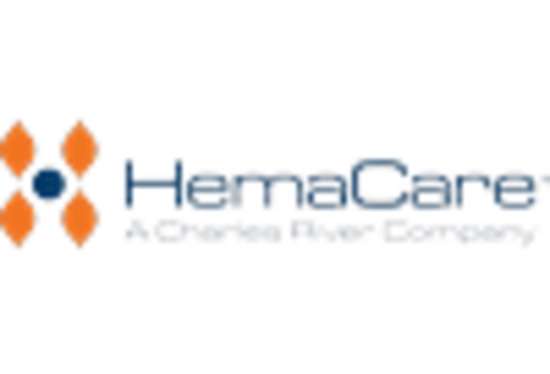
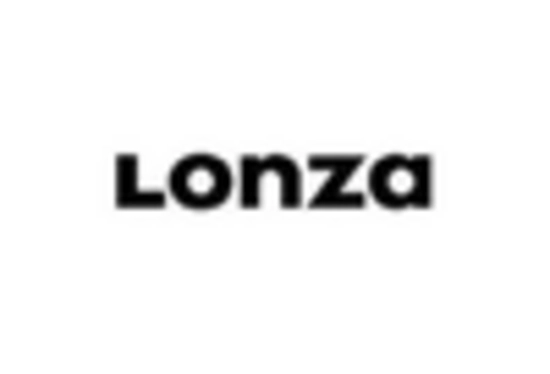

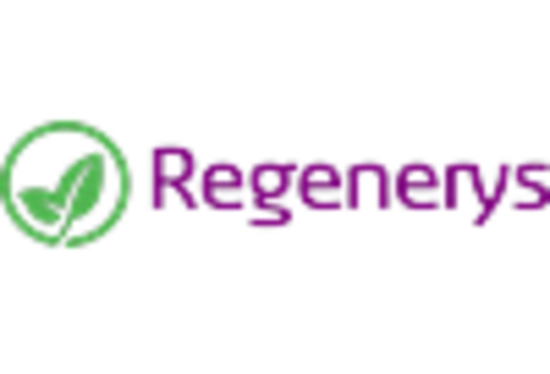
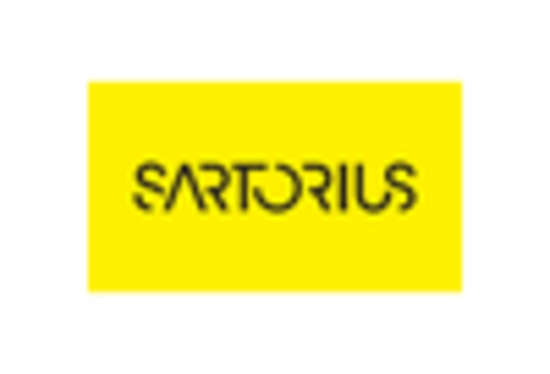
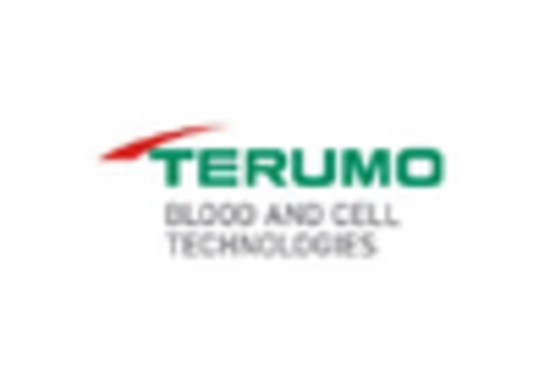








Leave a Comment